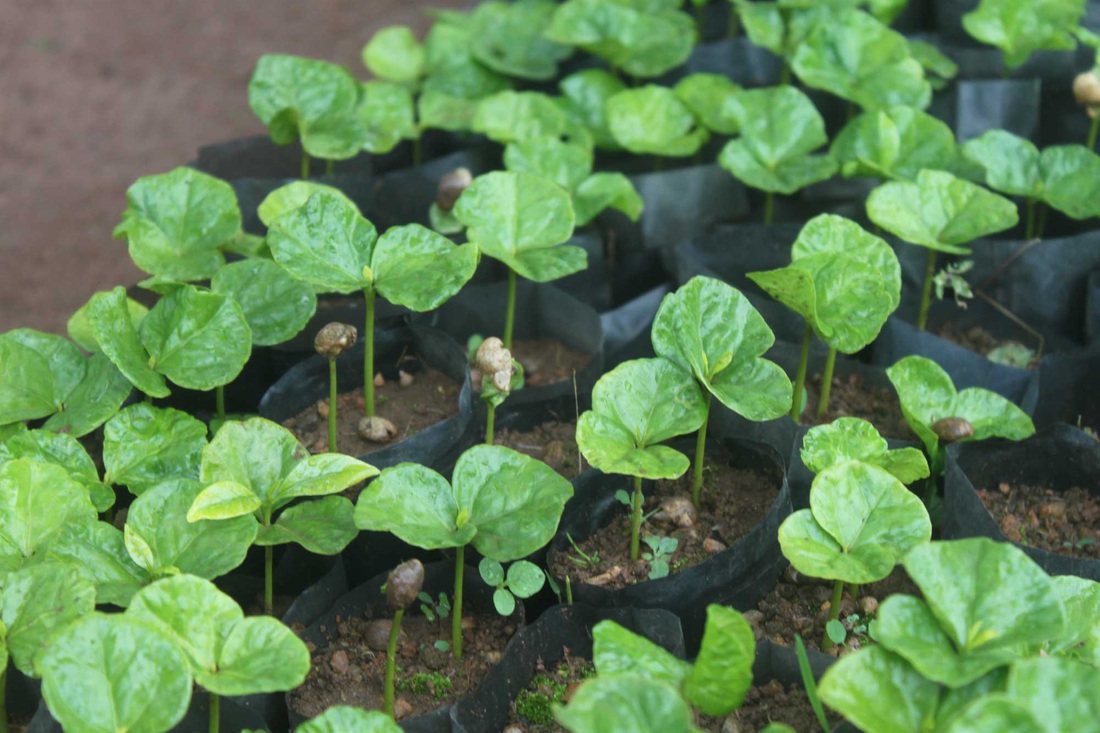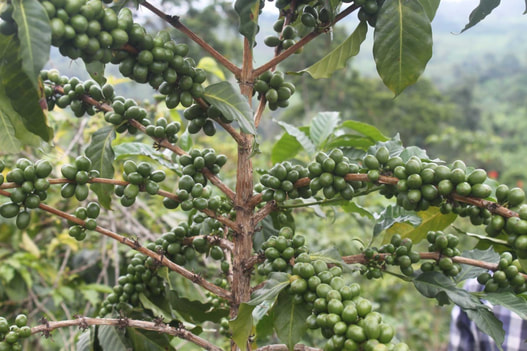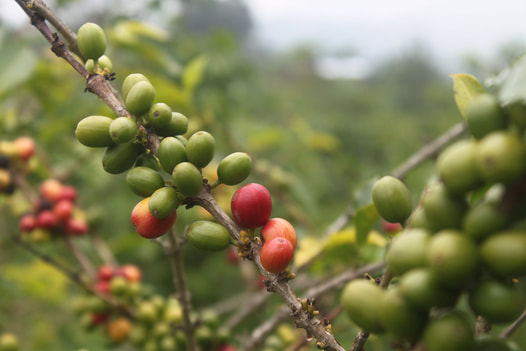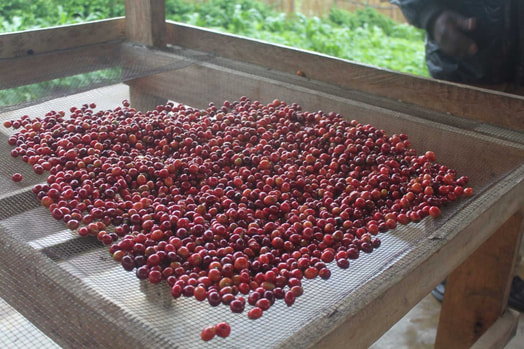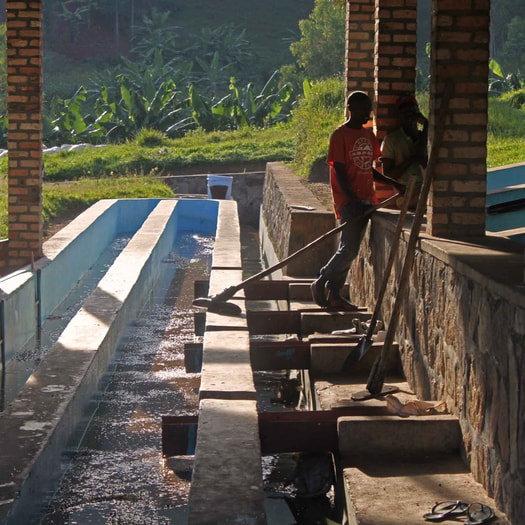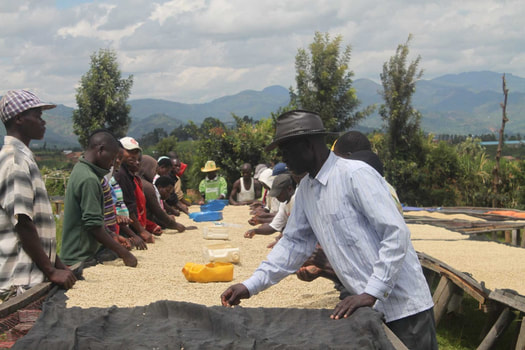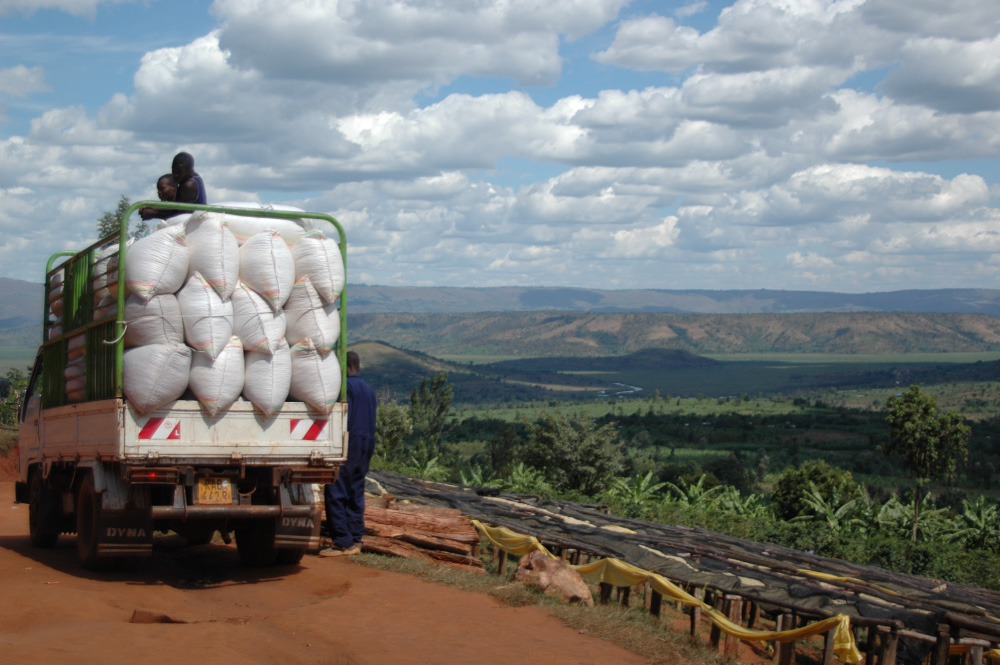Starting with the plant
|
Seed growing
|
Cleaning process
|
Not all coffees are stocked all year due to seasonal growing periods.
Our ServicesCoffee SourcingDesign ServiceQuality Assurance |
|
|
Copyright © 2024, Masteroast Coffee Company Ltd, 01733 842000
|
|

